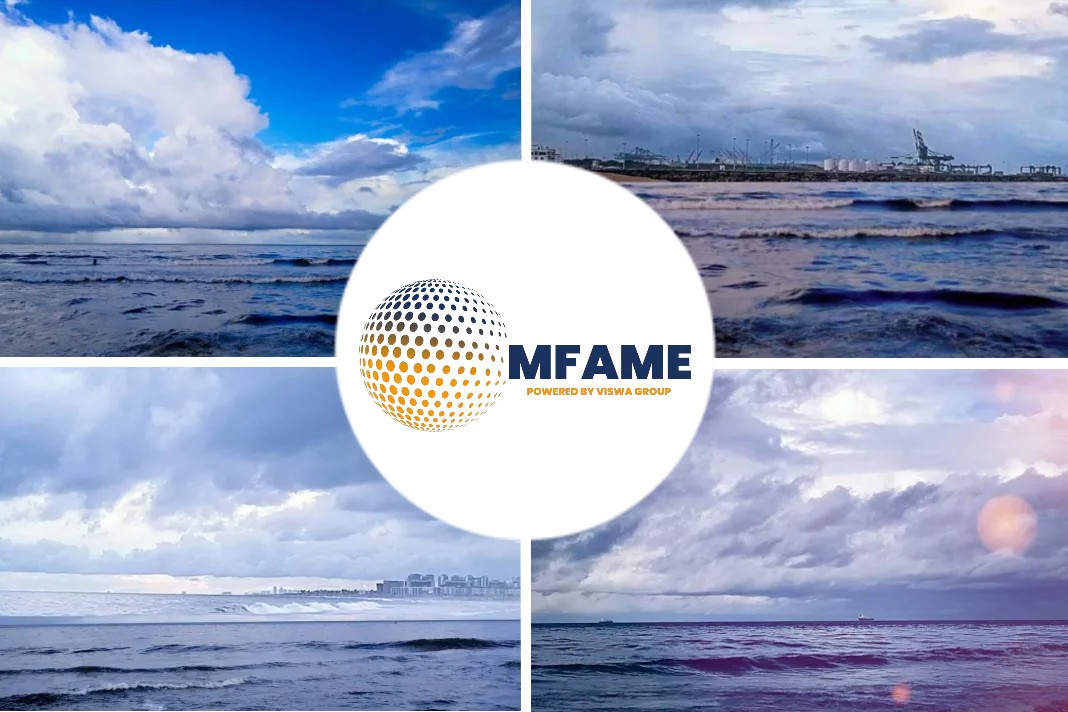Shipping’s decarbonization goals need immediate action but choosing a winner from among the various alternative fuels is difficult as they come with their own set of advantages and limitations, with no one-size-fits all approach holding good anymore as impending environmental regulations loom, industry experts said at a virtual event held March 23 and March 24, reports Platts.
Mix of Fuel Options
The future will herald a mix of fuel options, Saunak Rai, general manager of FueLNG — a joint venture between Keppel Offshore & Marine Ltd. and Shell Eastern Petroleum (Pte) Ltd — said at the 12th International Fujairah Bunkering & Fuel Oil Virtual Forum, or FUJCON, 2021, organized by Conference Connection.
“Somewhere LNG makes sense because of its global availability, because of the price, because of the safety standards,” he said.
“Somewhere we have hydrogen, somewhere we have ammonia, somewhere we have methanol. And together this will make the global fuel mix,” Rai added.
LPG and biofuels are also among other potential alternative fuels for the shipping industry to meet the International Maritime Organization’s greenhouse gas emissions cut targets.
Now Solution
“Biofuel here today is a now solution,” said Gary Hubbard, chief commercial officer of Neutral Fuels.
“It isn’t a capex investment, it isn’t three months in drydock, it isn’t an infrastructure challenge, it isn’t a governmental policy or structural challenge,” Hubbard said.
Neutral Fuels biofuels are made from used vegetable cooking oil.
Biofuel Blend
The biofuel blend offered by Uniper Energy and Neutral Fuels in Fujairah is 15% more costly than traditional marine fuels and provides a 10% reduction in CO2 emissions, said Lars Liebig, managing director of Uniper Energy.
At the same industry event, Richard Matthews, director of consultancy and research at EA Gibson Shipbrokers Ltd., noted that biofuels seem to be very expensive and won’t end up being a dominant solution.
“There’ll be a large call on that in the aviation industry. So, shipping would probably be willing to pay a lower price for that compared to aviation.”
Gasoline Blending
Methanol is already present at many ports around the world as a petrochemicals building block, and for gasoline blending, Chris Chatterton, chief operating officer of the Methanol Institute, said.
It’s been bunkered for about five years in Sweden.
“We will likely be demonstrating methanol bunkering in May in a European port. That’s more or less just the act of demonstrating that it is quite simple to do, quite similar to distillate fuel,” Chatterton said.
Also, in case of methanol, even though its trade is evolved, its various uses and demand for manufacturing may not provide any surplus for maritime use without incentives, industry sources said separately.
LPG Underrated
According to Anders Onarheim, CEO of BW LPG, the role of LPG bunkering is “underrated.”
Last year, BW LPG retrofitted three Very Large Gas Carriers — BW Gemini, BW Leo and BW Orion — the world’s first VLGCs to be LPG-propelled. These are the first of BW LPG’s $130 million commitment to retrofit 15 VLGCs with LPG dual-fuel propulsion technology as part of its zero-carbon aim.
A total of 54 LPG-fueled tankers are being ordered to be built globally, Tsuyoshi Ogasawara, chairman of the Japan LP Gas Association said separately on March 2.
Good Solution
With many fuel options on the table, “I think we’ll have a much clearer picture in two or three years,” Onarheim said, adding that ammonia was another “good solution.”
Recently, six high-profile shipping market participants — A.P. Moller-Maersk A/S, Fleet Management Ltd., Keppel Offshore & Marine, Maersk Mc-Kinney Moller Center for Zero Carbon Shipping, Sumitomo Corp. and Yara International ASA — joined forces to conduct a feasibility study into setting up a supply chain to provide green ammonia for ship-to-ship bunkering at the Port of Singapore.
Another project related to ammonia, The Castor Initiative, is also underway, with its partners including MISC Berhad, Lloyd’s Register, Samsung Heavy Industries, MAN Energy Solutions, the Maritime and Port Authority of Singapore and Yara International.
LNG Option
Also at FUJCON 2021, FGE Chairman Fereidun Fesharaki said that IMO GHG emission cut targets were supportive for LNG bunkering.
To achieve the 2050 target, global oil-based marine fuel demand has to peak before 2025, while LNG demand should be expanded swiftly, he said.
LNG bunkering demand for non-LNG carriers is expected to be 15 million mt by 2030 and will reach 27 million mt by 2040, reflecting continued strong growth post-2030, he said.
Bunker Fuel Mix
LNG will definitely play a significant role in the bunker fuel mix going forward due to its ready availability as well as an increasing LNG infrastructure at various ports worldwide.
According to the Society for Gas as a Marine Fuel website, currently there are 88 ports supplying LNG fuel worldwide, about 191 LNG fueled ships in operation and 273 LNG fueled ships and LNG bunker vessels on order.
LNG bunkering is suitable for newbuilds coming into the market, while the economics of retrofitting a ship to run off LNG is much more expensive, some sources said.
Replacement for the Heavy Fuel
“All the fuels have a role,” said Vivek Chandra, an LNG entrepreneur from Australia. Chandra is the CEO and founder of Texas LNG, a 4 million mt/year US LNG export project under development.
“My concern, of course, is if you have too many different diversities then we don’t have the infrastructure and the investment to do the replacement for the heavy fuel oil easily.”
Did you subscribe to our daily newsletter?
It’s Free! Click here to Subscribe!
Source : S&P Global

























